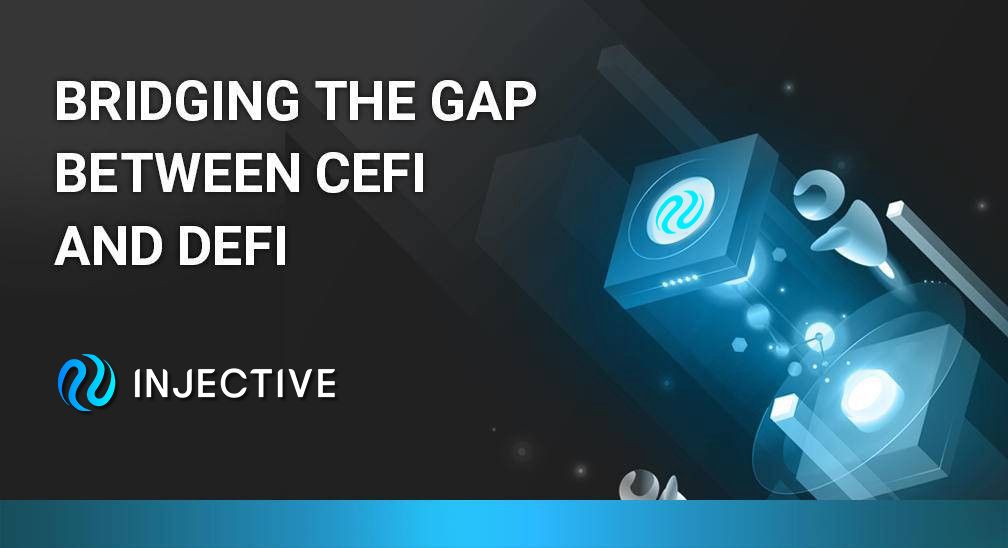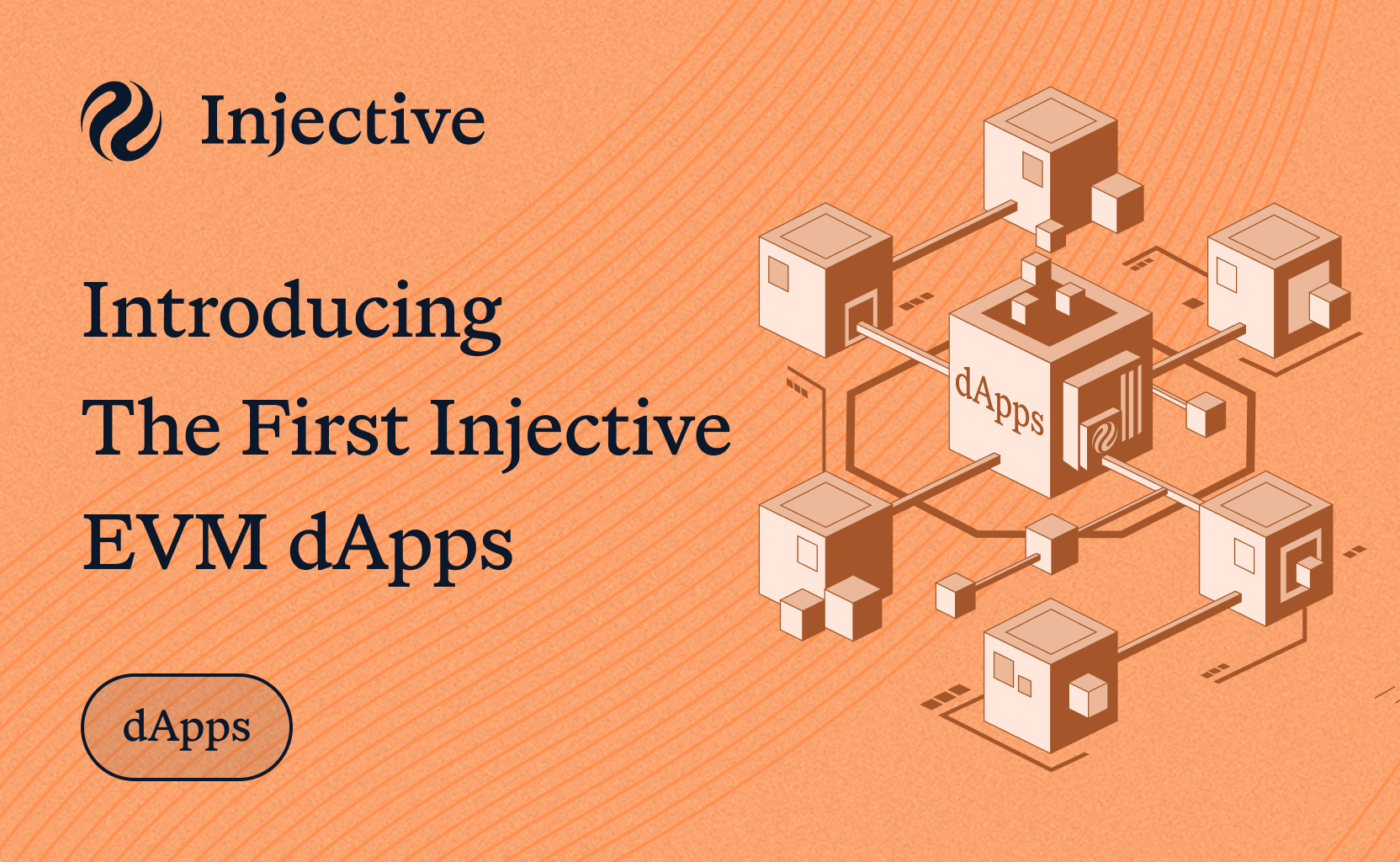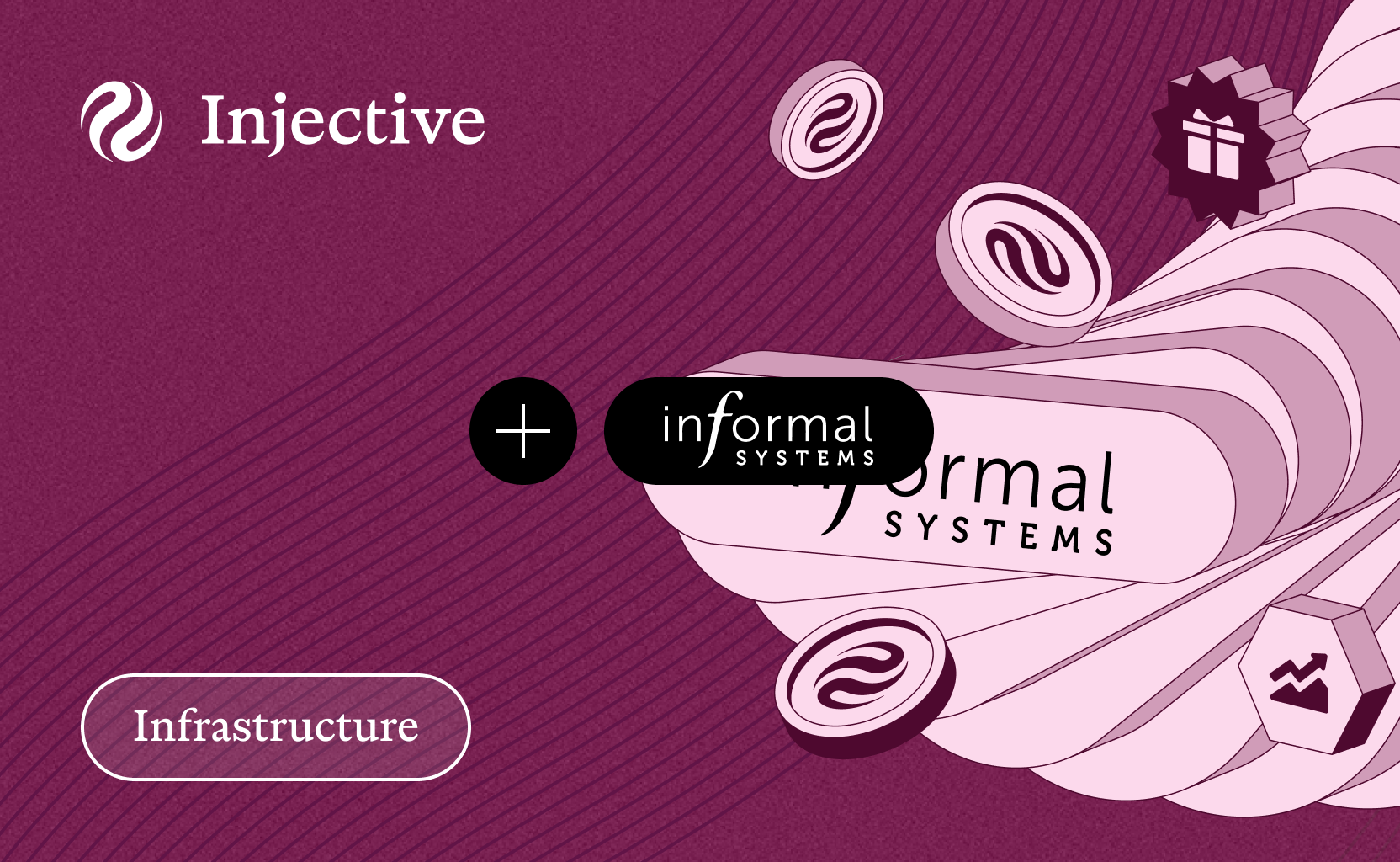Background
When Injective was founded in 2018, DeFi was still in its gestation phase and nearly all cryptocurrency trading took place on centralized exchanges.
During this time, my cofounder Albert and I had been active traders on numerous centralized exchanges and experienced many problems including:
- Getting wrongfully lifetime-banned from Coinbase.
- Suffering socialized losses following exchange hacks.
- Dealing with indefinite KYC/onboarding processes
- Being unable to trade during “server outages” caused by large market movements
- Having positions be unfairly liquidated.
Fueled by the rage and the gnawing frustration driven by poor experiences and looming security risks that were apparent on nearly every centralized exchange, the Injective community started really thinking deeply about the benefits and importance of decentralization for an exchange.
On Decentralizing Exchange
As Harvard’s Thibault Shrepel and Ethereum founder Vitalik Buterin recently wrote:
“Decentralization is sought as a process toward efficiency, not as a moral or political stand. The idea is for all market players to retain the ability to decide without having to follow the instructions of centralized economic power.”
The true value of cryptocurrency comes from its permissionless, censorship-resistant nature, allowing anyone in the world to freely participate in an open and global financial system. To this end, it is important that individuals be allowed to engage on an exchange without having to trust a centralized point or authority is a fundamental necessity and right.
However, the fact remains that for the most part, centralized exchanges (CEXs) today still better serve users than decentralized exchanges (DEXs) currently do. But why?
The Problem with DEXs Today
Liquidity & Layer-1 Constraints
Due to the fact that current DEX models require on-chain transactions for finality, users of DEXs are subject to the inherent constraints of the Ethereum blockchain. Compared to CEXs which can process thousands of trades per second, current DEXs are limited to the 15 second average block time of Ethereum, making trade execution on DEXs slow and probabilistic. Furthermore, most DEXs today require on-chain transactions for order cancellations, exposing market makers to increased risks of front-running and being unable to appropriately respond to market changes.
These technological limitations create a fundamental barrier for DEX liquidity and limit the potential for DEXs to be able to service larger trading volumes.
Centralization
Many DEXs today claim to be decentralized exchanges but are actually centralized in most aspects besides custody. From restricting access to certain user demographics, retaining proprietary control over exchange infrastructure, to even requiring KYC in some cases, most every central limit orderbook DEX has centralized components that allow traders to be subject to the will of a central authority.
This is the problem that Injective solves.
Bridging CeFi and DeFi
The mission of Injective is to realize the full potential of borderless, decentralized finance. In order to do so, the following must be achieved:
- DEXs should be fully decentralized.
- DEX user experience must rival CEX user experience.
- DEXs should serve the unmet needs that CEXs cannot meet.
The common rationale against full decentralization is that efficiency and user experience are sacrificed. The Injective community rejects this notion and over the past two years has determined to transform the vision of a highly performant, permissionless, and fully-decentralized exchange protocol into reality.
Fully Decentralizing the Exchange Business Model
Injective transforms an exchange into a decentralized public utility by open-sourcing every single component of the exchange, from the front-end exchange interface, back-end infrastructure, smart contracts, to orderbook liquidity. This turns the traditional business model of an exchange on its head, as Injective eliminates the technical barrier to entry for users by creating a permissionless and highly performant exchange for both spot and derivatives markets. Nodes on the Injective Chain are incentivized through token economics to act as order relayers, host a decentralized orderbook, and serve as a decentralized trade execution coordinator.
Bringing DEX up to Speed
Injective brings an order of magnitude speedup by scaling trade execution and settlement on layer-2. Additionally, traders can enjoy free and near-instant order cancellations using Injective’s decentralized trade execution coordinator.
Unique Offerings
Derivatives in crypto have huge, proven potential, as this past year alone has experienced a meteoric rise in derivatives trading volume. However, despite their popularity and massive worldwide volume, the derivatives industry is one of the most highly regulated financial markets in the world, placing many strict restrictions on users. This makes Injective’s fully decentralized nature the perfect fit for individuals to permissionlessly create and trade derivative markets that even centralized exchanges cannot support.

About Injective
Injective is a lightning fast interoperable layer one blockchain optimized for building the premier Web3 finance applications. Injective provides developers with powerful plug-and-play modules for creating unmatched dApps. INJ is the native asset that powers Injective and its rapidly growing ecosystem. Injective is incubated by Binance and is backed by prominent investors such as Jump Crypto, Pantera and Mark Cuban.
Website | Telegram | Discord | Blog | Twitter | Youtube | Facebook | LinkedIn | Reddit | Instagram | Orbit Newsletter



